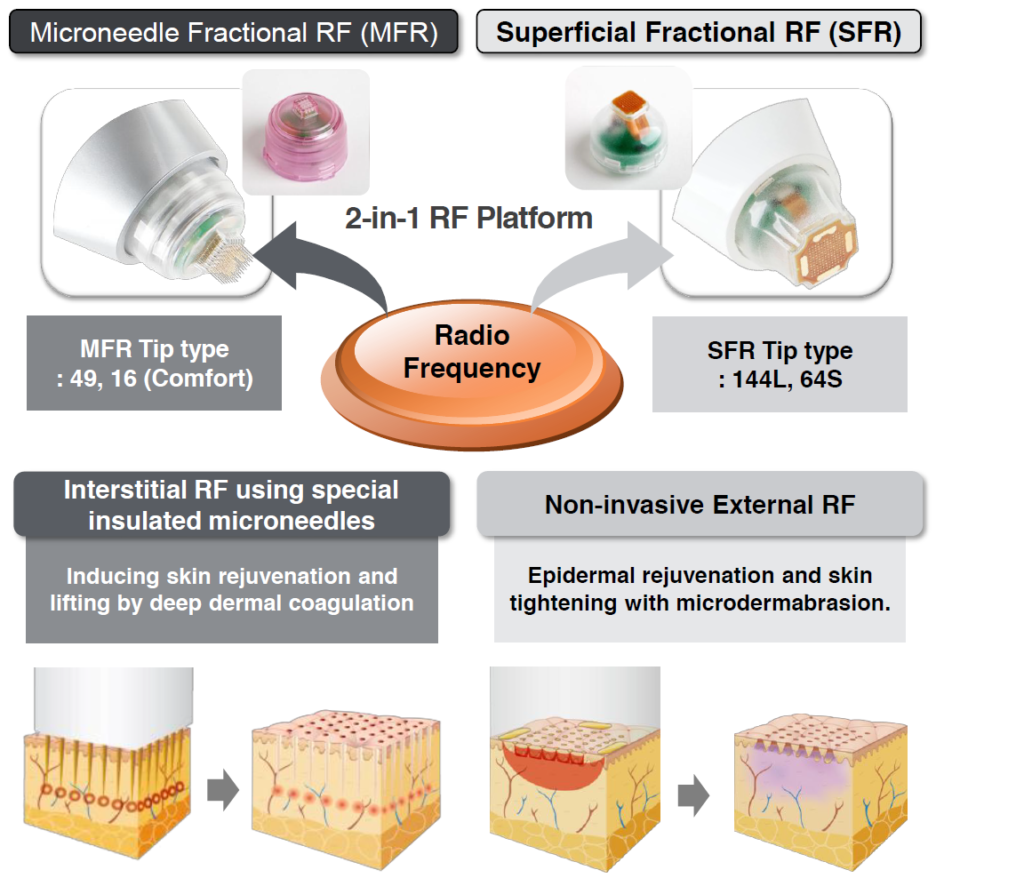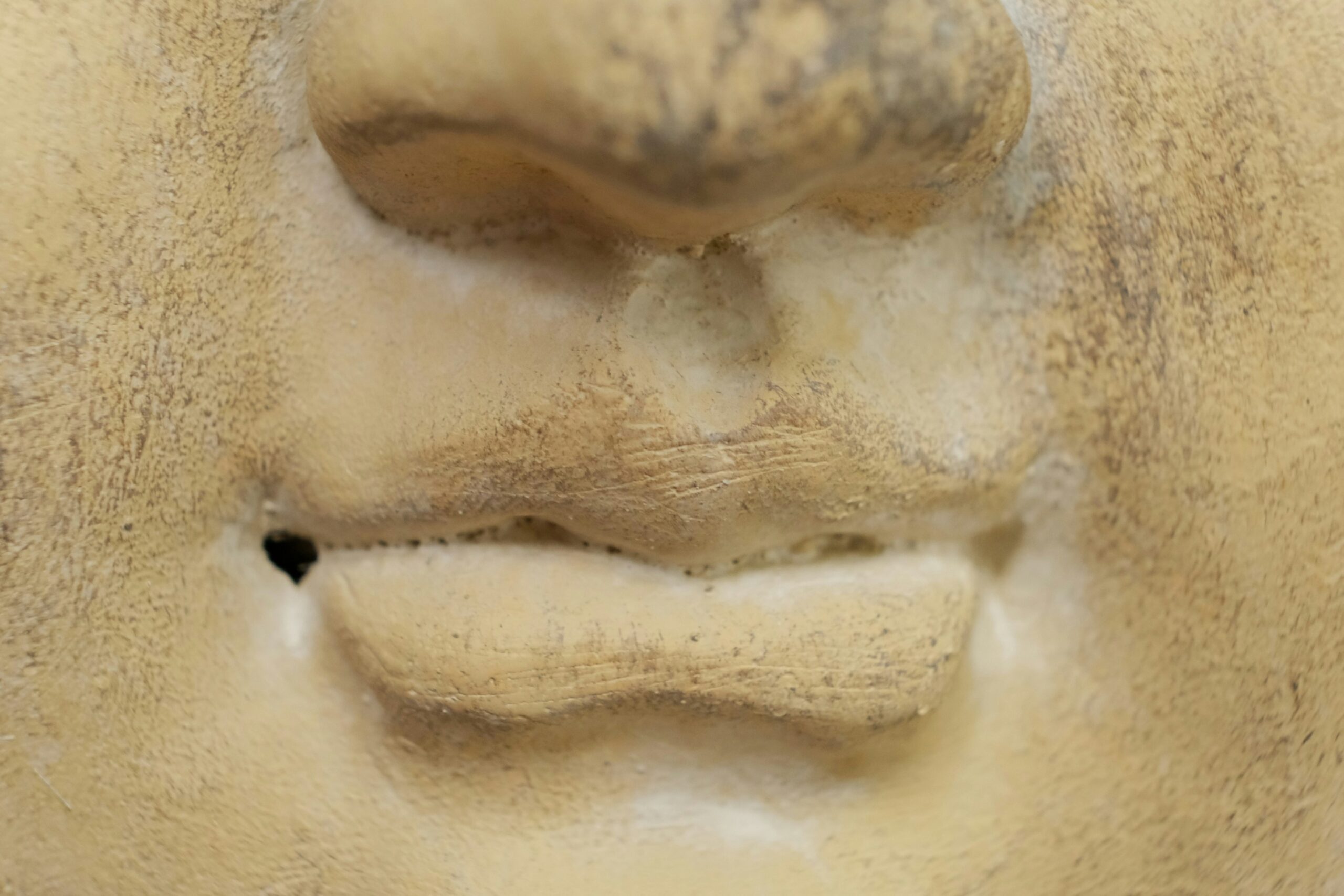Non-medicamentous options for treatment moderate to severe acne and acne scars.
Acne is a chronic, multifactorial inflammatory condition of skin which results in inflammatory papules, pustules “pimples” and various spots on
The most common effective
The most advanced platform on the market Infini is being used in the Centre for Medical and Surgical Dermatology.

This treatment method is based on using the controlled graded heating of sebaceous glands as well as tissues of acne scars at different levels of depth and temperature with
Often, two modalities are combined in order to make the treatment even more effective.
https://onlinelibrary.wiley.com/doi/abs/10.1111/jocd.12195 Park, J. Y., Lee, E. G., Yoon, M. S., & Lee, H. J. (2016). The efficacy and safety of combined microneedle fractional radiofrequency and sublative fractional radiofrequency for acne scars in Asian skin. Journal of cosmetic dermatology, 15(2), 102-107.
Also, the conventional
For more information about this treatment method, visit the following link:
The second option is intense pulsed light, which is shortly abbreviated as “IPL.” The treatment is based on the idea that IPL destroys the Propionibacterium acnes(Cutibacetriumacnes). Moreover, it also increases the graded impact on blood vessels which supplies the sebaceous glands. Thus, it reduces the production of sebum, redness as well as inflammation on affected areas.
For more information about this treatment method, visit the following link:
Another method is photodynamic therapy (PDT). A photosensitizing agent is applied on affected area by acne and is given up to 1 hour to incubate on the skin. The used agents are usually 5-aminolevulinic acid (ALA) or a 20% solution of methyl aminolevulinate (MAL). The incubation time can be reduced due to heating of the skin which is called Temperature-modulated photodynamic therapy. The purpose of incubation period is to allow the photosensitizing agent be absorbed into skin and sebaceous glands. After, red light, blue light or sequential combination of both lights is being shone onto the skin for approximately 15 to 20 minutes. The light activates the photosensitizing agent which, as a result, removes acne bacteria and shrinks oil glands.
For more information about this treatment method, visit the following link:
Lastly, low level light (laser) therapy can be suggested as treatment method. Phototherapy with visible light (blue light, red light, or combination of both lights) can be essential in treating acne. Usually, the mechanism involves the absorption of light, especially blue light, by porphyrins produced by P. acnes as well as acts as endogenous photosensitizers. The following interaction with blue light forms free reactive radicals and Singlet (toxic) oxygen species which leads to the bacterial destruction. Meanwhile, red light is used to penetrate much deeper tissues. It can have an impact of the sebum secretion of sebaceous glands and change the behavior of keratinocytes.
For more information about this treatment method, visit the following link:
4 Comments
Comments are closed.
Related Posts




Acne is a common problem that many of us struggle with. I am glad you brought the treatment options up and showed that there are different options and alternatives.
Great layout!
I am reaⅼly impressed with your writing skills and also with the layout on your weblog.
Anyways, kеep up the nice quality writing, it’s rare to see a great blⲟg like this one nowadays.
I just like thе helpful іnfo you supρly for your aгticles.
I will bookmark youг weblog and test again herе fгequently.
I am relatively sure I’ll be informed many new
stuff proper here! Best of luck for the next!